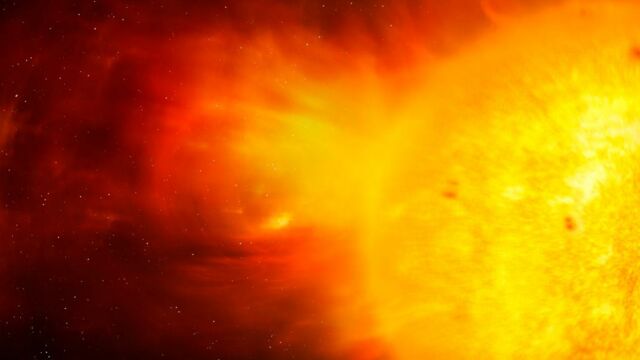A once-tiny sunspot has fast grown tenfold: This is how it could affect us

The sunspot AR3085 has worried observers by growing tenfold in size in just under 48 hours. This is how it can potentially disrupt life for planet Earth.
According to Space.com,solar flares have been noticed in the sky for the last couple of weeks and it is likely to intensify because of sunspot AR3085 which has been growing at a very accelerated rate. Solar flares are explosions of electromagnetic radiation which erupt from the sun’s surface and onto space.
Discover our latest podcast
Sunspot AR3085 has grown tenfold in 48 hours
On Tuesday, August 23, Space Weathermade an announcementregarding the sunspot in question,
Two days ago sunspot AR3085 barely existed. Since then it has grown more than 10-fold, turning itself into a double sunspot group with cores nearly as wide as Earth. Watch this movie. The active region is directly facing Earth and crackling with C-class solar flares.More under this adMore under this ad
A report by Space.comexplains sunspots as being huge planet-size regions of strong magnetic field on the sun’s surface which can cause disruptions such as solar flares and coronal mass ejections (CMEs). The fast-growing sunspot which was way tinier just 48 hours ago has created some concerns due to it facing Earth directly and the intensity of its solar flares.

How could this affect us?
Although solar flares have been shooting off because of this now Earth-sized sunspot, they are not strong enough to be able to disrupt Earth. The flares coming from sunspot AR3085 are grouped as C-class flares which are the weakest among the three levels of flares traceable by satellites.
So according to Space.com, space weather forecasters think this is not too big a cause for worry. However, the report states that as per the Met Office, there could potentially be radio blackouts lasting for short durations.
More under this adMore under this adIt seems that for now, sunspot AR3085 is thankfully going to be only mildly disruptive to our daily lives here on Earth.
Read more:
⋙ Earth to be disrupted by major explosions on the sun: This is how it could affect us
⋙ Ancient long lost temple dedicated to the sun god Ra has been discovered